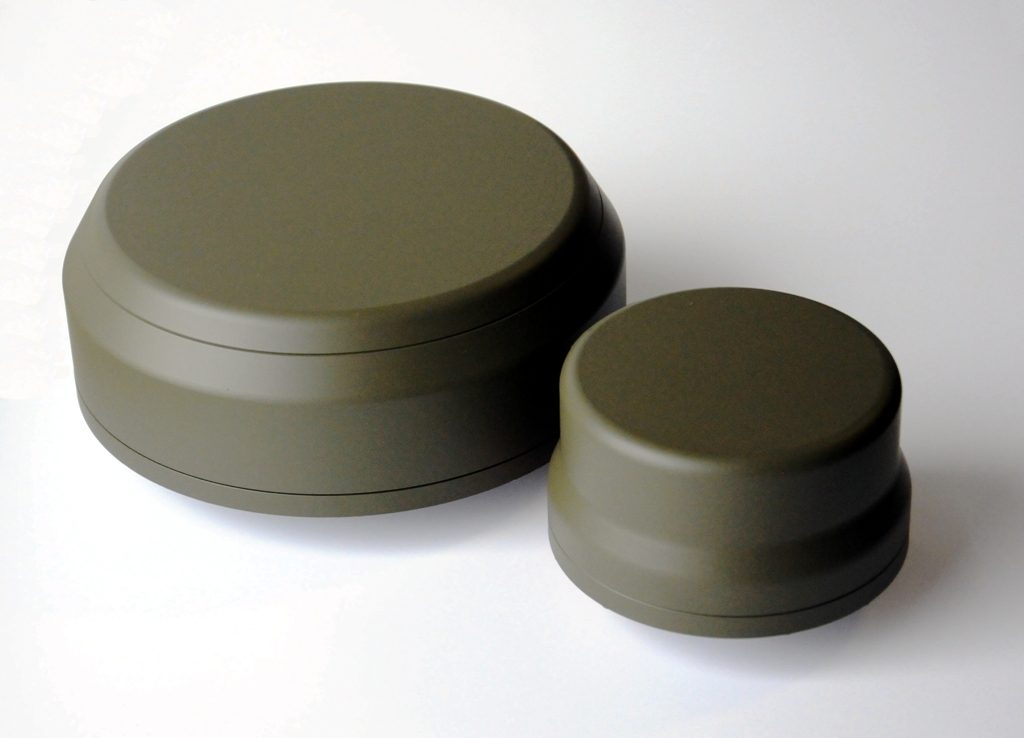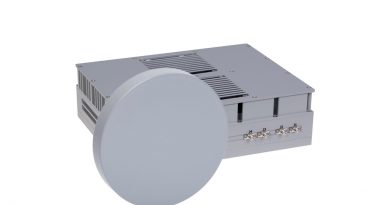
Raytheon UK unveils latest GPS anti-jam antennas
Jamming and self-jamming, when your own jammer swamps satellite signals, is a major problem for GPS-based systems. Opponents can block signals or, even worst, to spoof your signal that is trying to send signals that lure your GPS that thus provides you with a wrong indication. To cope with this Raytheon UK developed a new antenna, the Landshield Plus, capable to provide small platforms, it weighs only 2.9 kg, with a one-box anti-jam system. The 19
Jamming and self-jamming, when your own jammer swamps satellite signals, is a major problem for GPS-based systems. Opponents can block signals or, even worst, to spoof your signal that is trying to send signals that lure your GPS that thus provides you with a wrong indication. To cope with this Raytheon UK developed a new antenna, the Landshield Plus, capable to provide small platforms, it weighs only 2.9 kg, with a one-box anti-jam system. The 198 mm diameter and 70 mm high antenna container hosts a seven elements array, the digital anti-jam processing unit and the power supply, RS422 or RS232 serial interface ensuring the RF link to the GPS receiver. The Landshield Plus nulls out the jammers effect by adjusting the gain profile of the antenna itself, signal gain being between 7 and 38 dB. The antenna is capable to null broadband, narrowband, swept, pulsed and spectrally matched jammers simultaneously on the two frequencies used by the GPS, 1575. 42 MHz (L1) and 1227.60 MHz (L2). It is compatible with MCode, P(Y) or C/A GPS receivers. Besides protecting against jammer, the Landshield Plus is also capable to detect and identify the direction of arrival of the jamming signal, and to mitigate spoofing attempts. When more than one platform is fitted with the Landshield Plus it is possible by triangulation to close on the jamming source.
The Landshield Plus complements other Raytheon GPS anti-jam antennas, such as the Simultaneous Landshield, a four element system weighing only 1 kg. Both systems can be easily used to improve anti-jam capabilities of GPS systems already in use by easily replacing the antenna. Raytheon UK is further pushing along the SWAP path, even lighter antennas being developed, currently they are at TRL 4-5, that will be integrated into soldier-worn systems.
8 mm diameter and 70 mm high antenna container hosts a seven elements array, the digital anti-jam processing unit and the power supply, RS422 or RS232 serial interface ensuring the RF link to the GPS receiver. The Landshield Plus nulls out the jammers effect by adjusting the gain profile of the antenna itself, signal gain being between 7 and 38 dB. The antenna is capable to null broadband, narrowband, swept, pulsed and spectrally matched jammers simultaneously on the two frequencies used by the GPS, 1575. 42 MHz (L1) and 1227.60 MHz (L2). It is compatible with MCode, P(Y) or C/A GPS receivers. Besides protecting against jammer, the Landshield Plus is also capable to detect and identify the direction of arrival of the jamming signal, and to mitigate spoofing attempts. When more than one platform is fitted with the Landshield Plus it is possible by triangulation to close on the jamming source.
The Landshield Plus complements other Raytheon GPS anti-jam antennas, such as the Simultaneous Landshield, a four element system weighing only 1 kg. Both systems can be easily used to improve anti-jam capabilities of GPS systems already in use by easily replacing the antenna. Raytheon UK is further pushing along the SWAP path, even lighter antennas being developed, currently they are at TRL 4-5, that will be integrated into soldier-worn systems.



